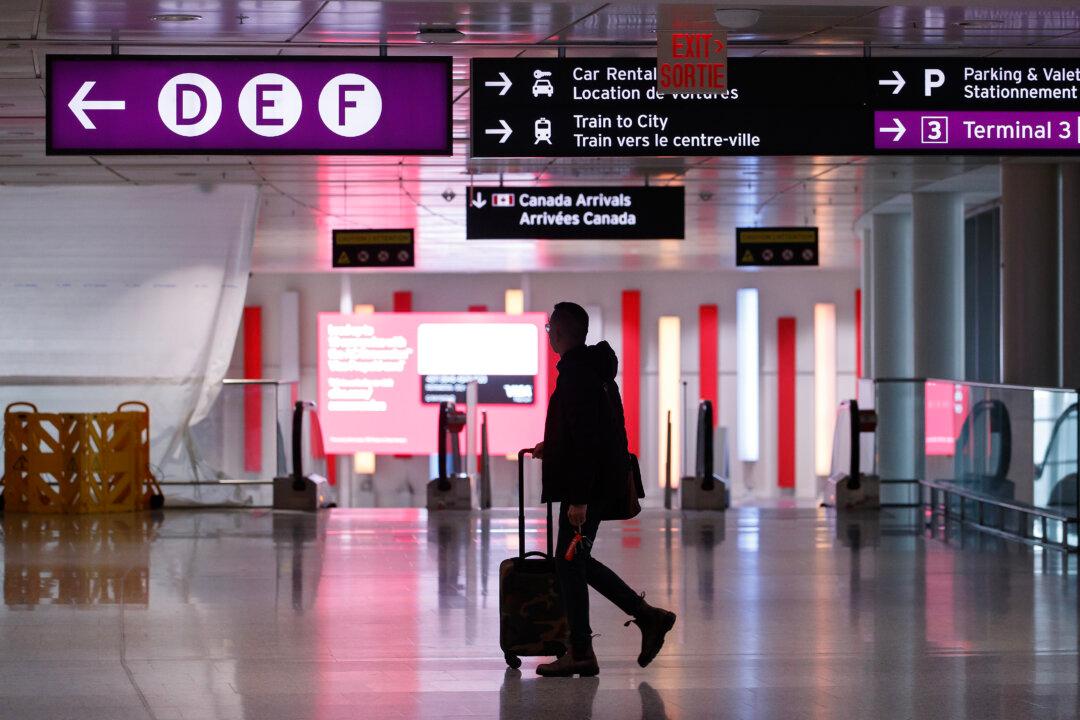For the first time in a quarter century, a clear majority of Canadians say immigration levels are too high, the second year in a row to see a rise in immigration resistance, a new poll has found.
Fifty-eight percent of those polled said the current immigration rate is excessive, up 14 percentage points from last year, according to a survey from the Environics Institute. This increase follows a 17 percent rise recorded between 2022 and 2023.





